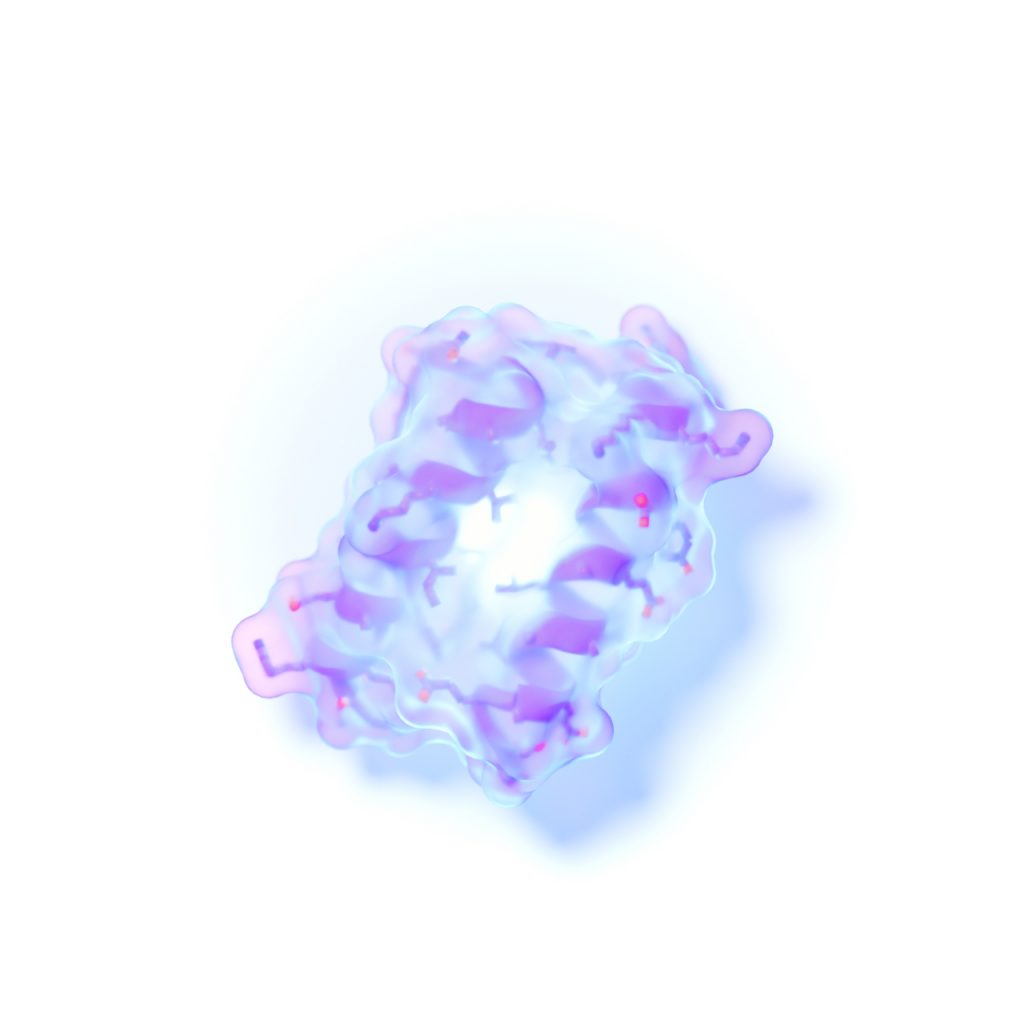
Areas of Basic Research
In nature, proteins harvest solar energy, manufacture complex molecules, and transform chemical energy into work. Our scientists draw inspiration from nature as we seek to design equally useful proteins from scratch.
By unlocking the power of proteins, we are setting the stage for a new wave of medicines and materials with previously unimagined functions — tapping into the full efficiency, scalability, and sustainability of biology.
Protein Structure Prediction
IPD scientists are using deep learning to quickly and accurately model the three-dimensional structures of proteins from sequence data alone. Our latest tool, RoseTTAFold, is available for free public use.
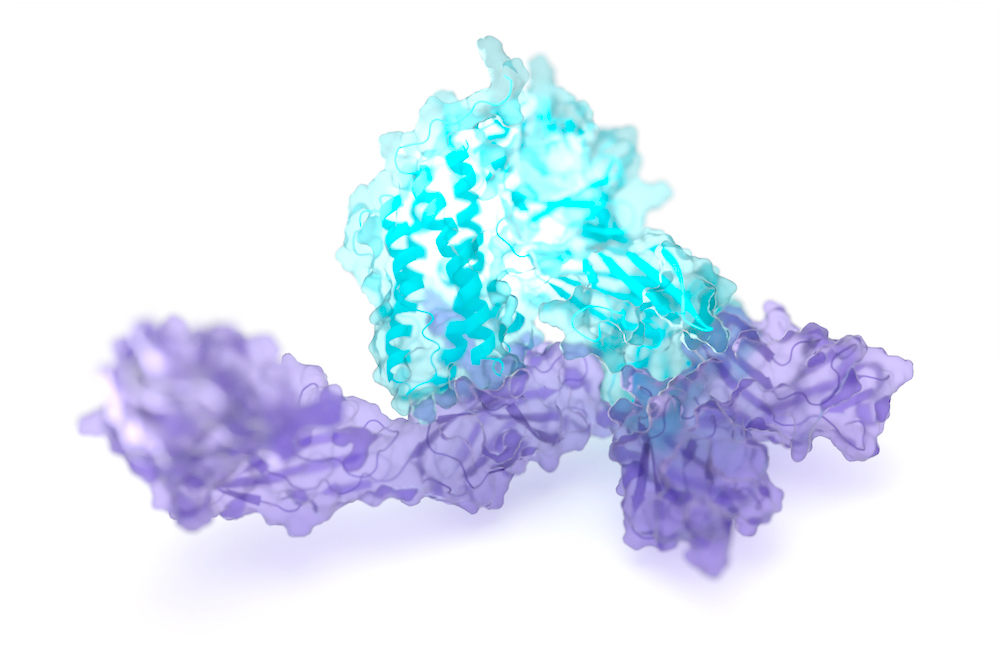
Protein and Small Molecule Binding
We are developing methods for designing high-affinity protein binding and applying these methods to create binders to targets of medical interest. We are also designing proteins that bind to small molecules. These efforts are providing fundamental insights into the molecular interactions that underlie most cellular processes.
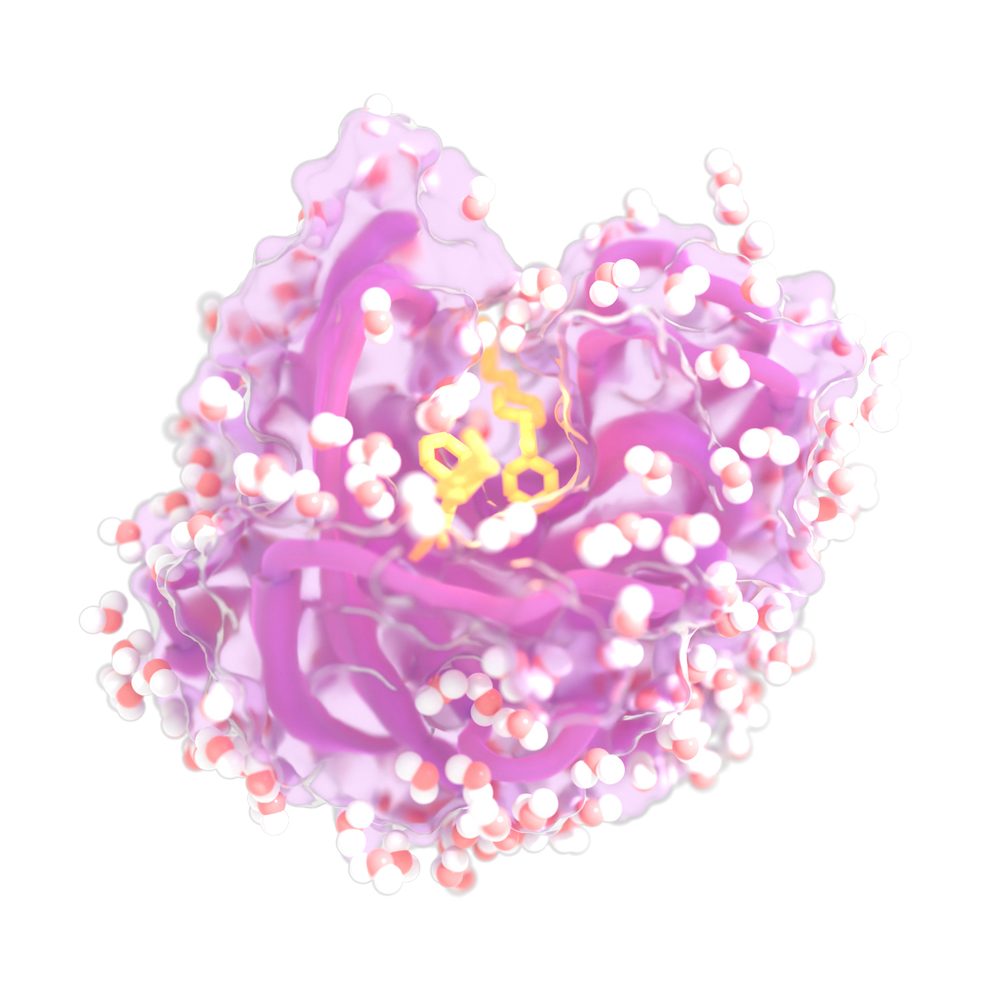
Self-Assembling Nanomaterials and Vaccines
Self-assembling protein materials play critical roles in biology. IPD researchers are developing new self-assembling nanostructures and using these approaches to develop the next generation of vaccines and drug delivery vehicles.
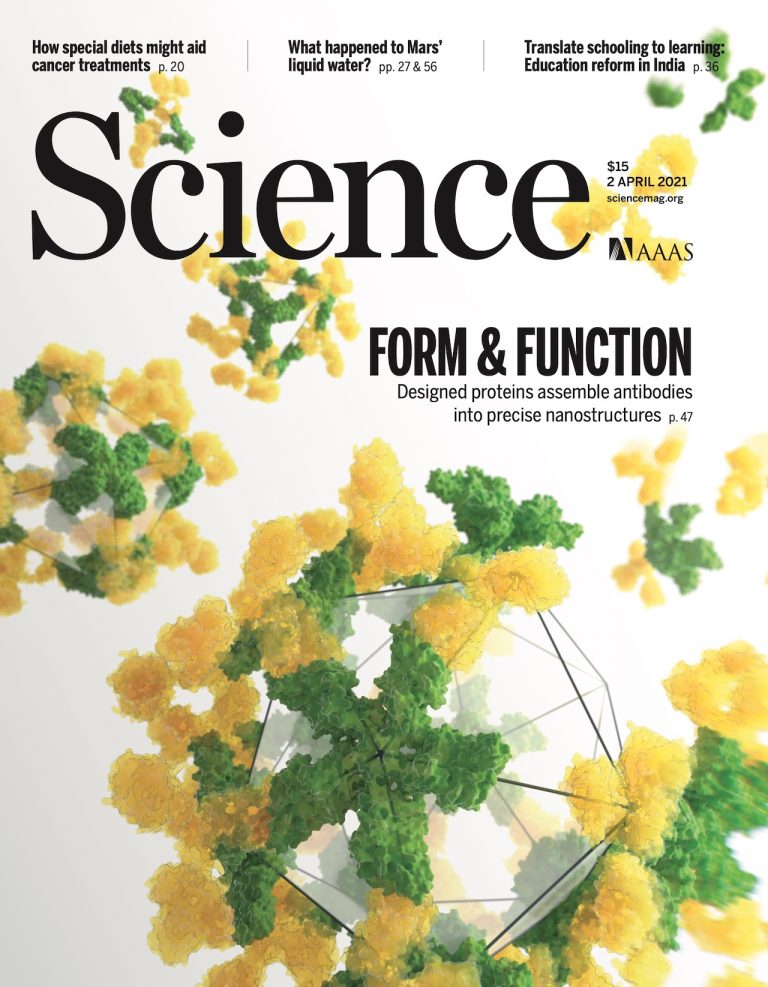
New Protein Scaffolds
In the past, almost all protein design efforts have modified naturally occurring protein backbones. However, for most challenges, there is unlikely to already exist a protein with an optimal three-dimensional structure. We are developing methods for designing a wide range of exceptionally stable protein folds with tunable geometries for specific applications.
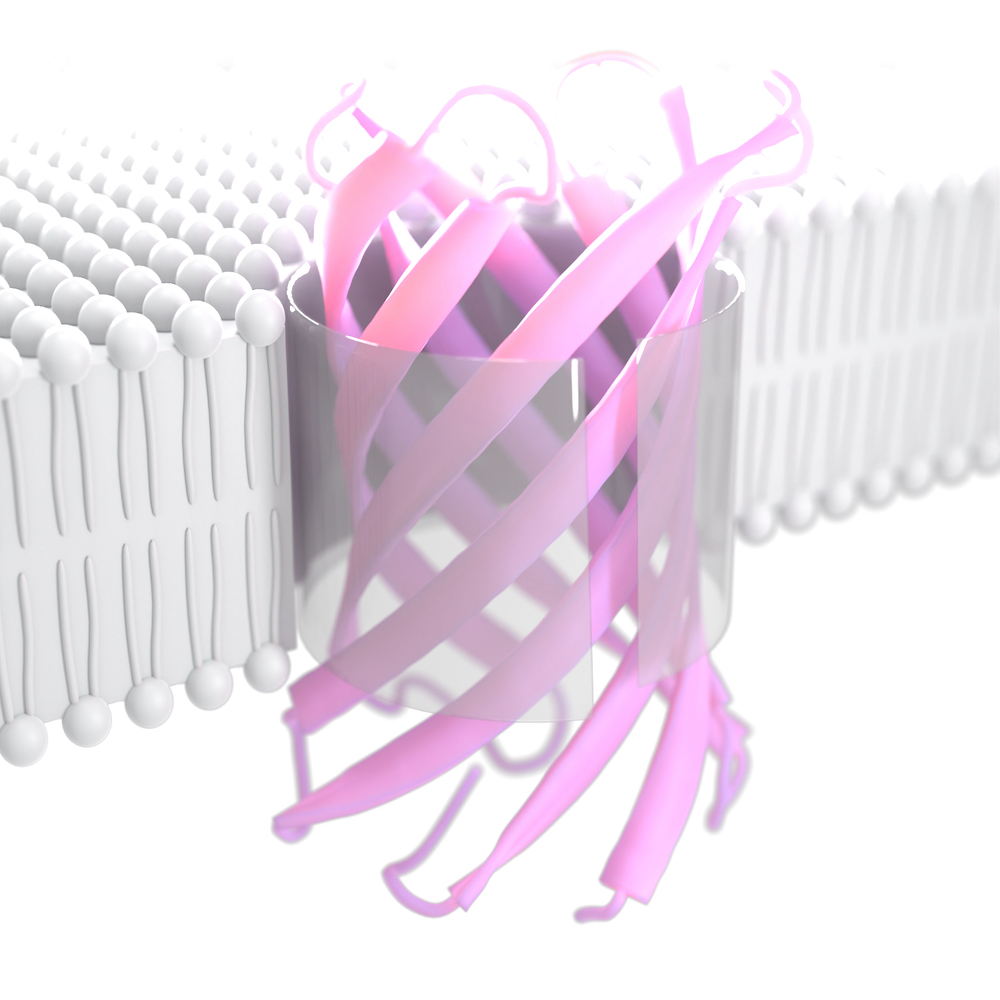
Enzyme Design
Enzymes catalyze chemical reactions that are essential for life. We are developing methods to design new enzymes for chemical transformations not observed in nature. This research helps reveal more about the chemical foundations of biology.
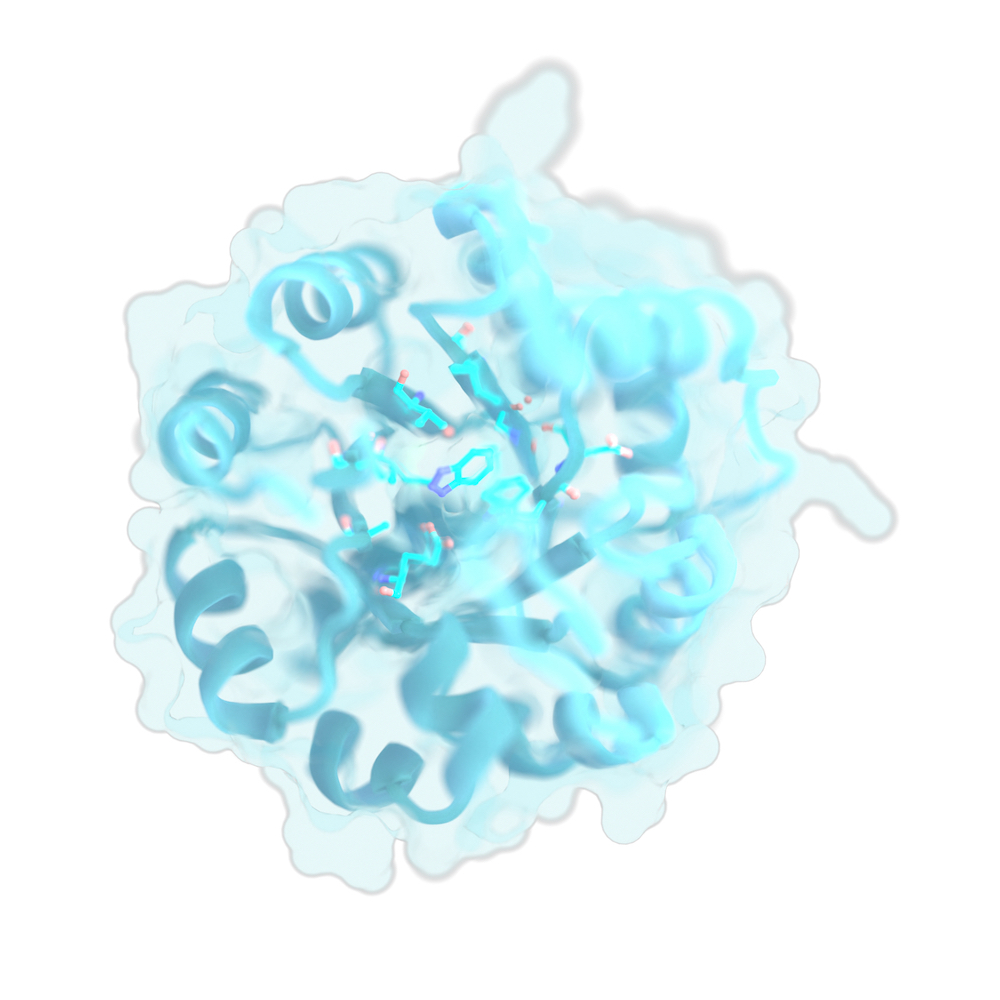
Protein Structure Determination
Our researchers are developing methods for solving protein structures using limited experimental data. These tools are in use in laboratories around the world.
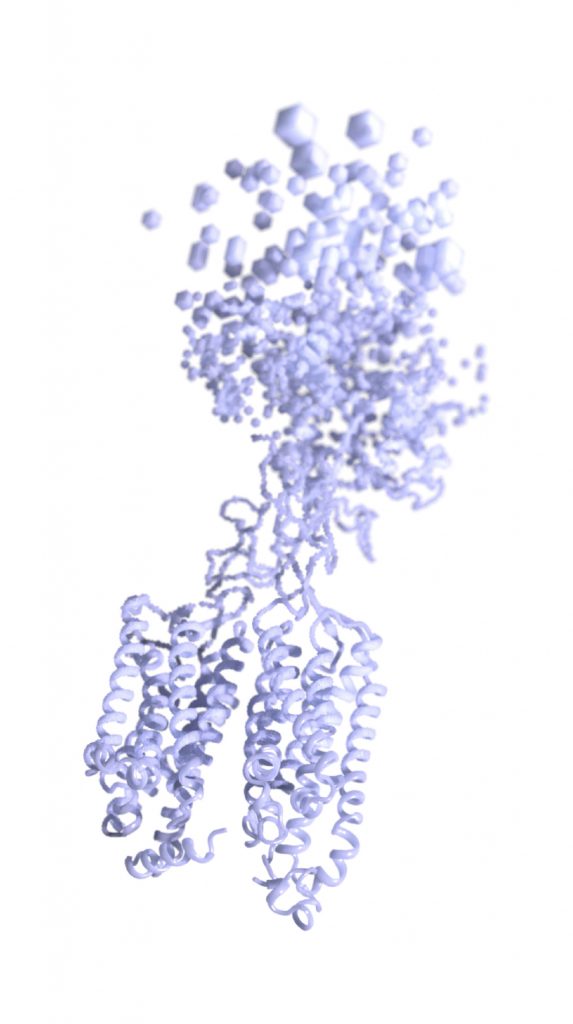
Parallel Synthesis and Screening
Once proteins have been designed on the computer, it is critical to test them experimentally. Since neither the design tools nor the sampling methods are perfect, we experimentally manufacture and measure the activity of as many designs as possible. Our researchers are developing methods for testing tens of thousands of different computationally designed molecules in parallel.
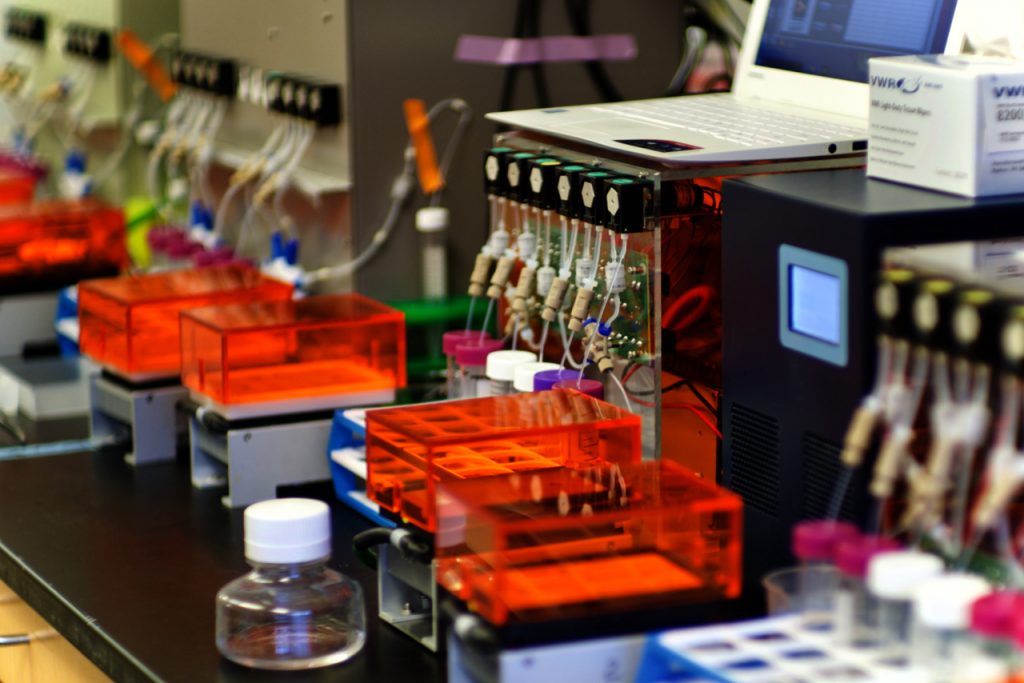
The protein revolution
Click here to learn how protein design is being used to solve some of today’s most important problems.
